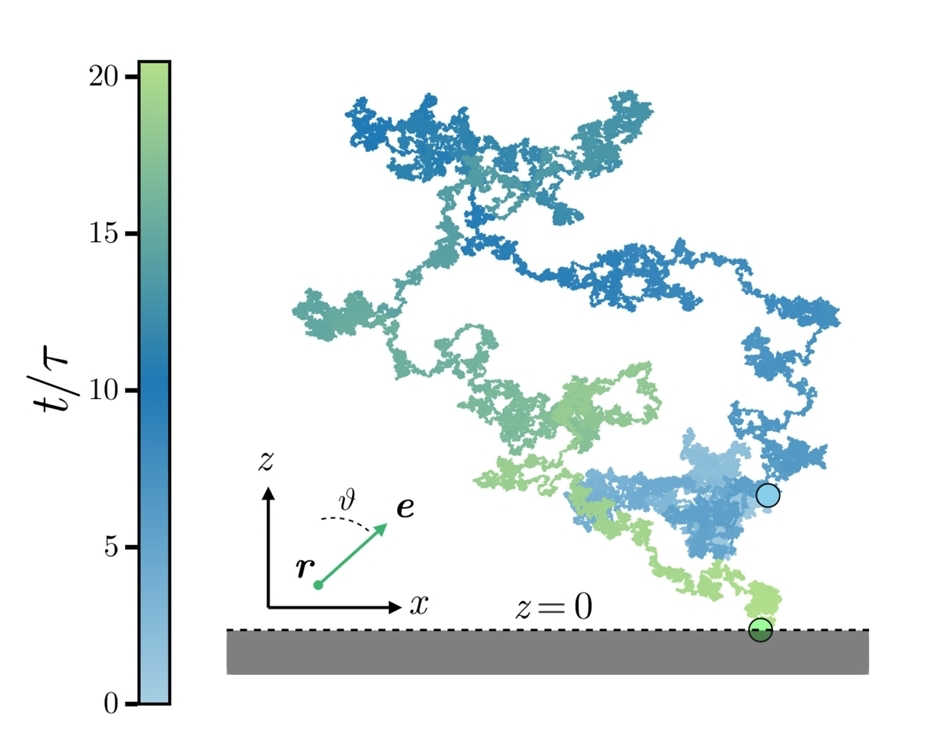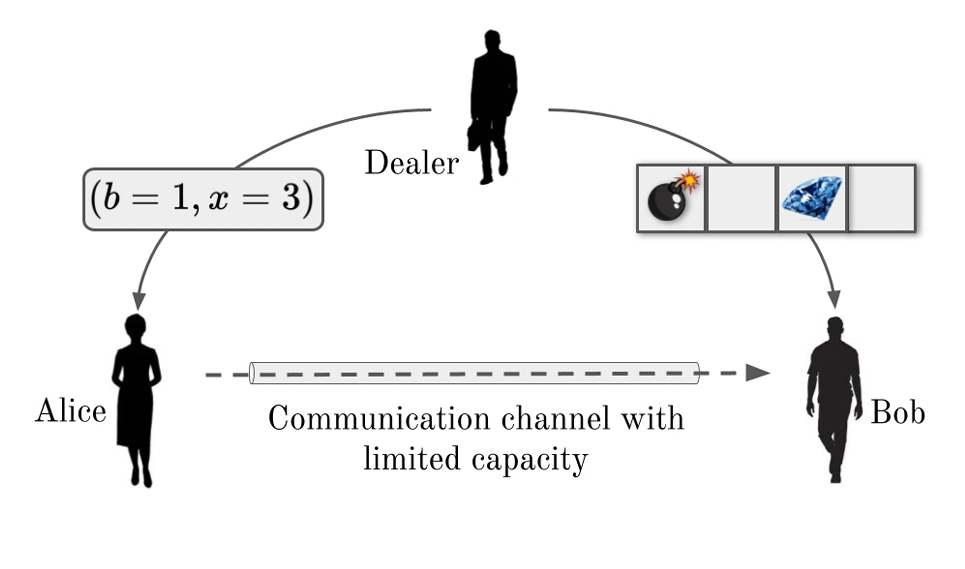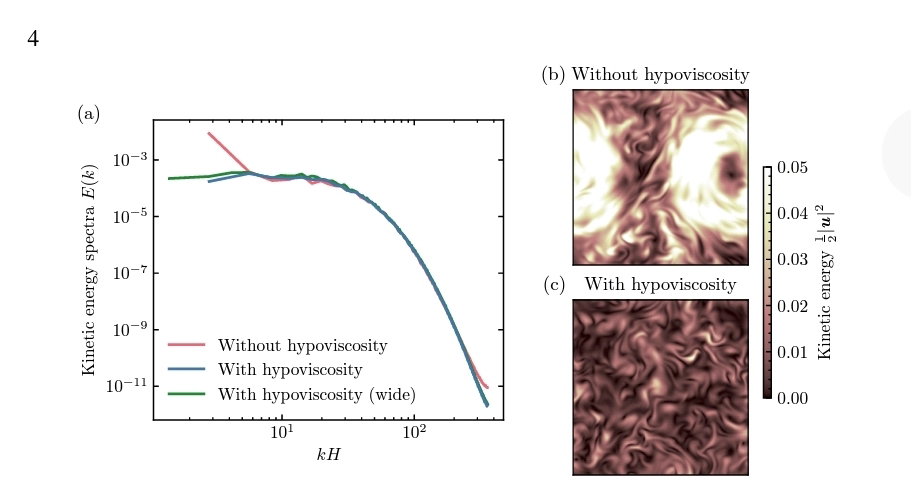<< Explaining the wide range of dynamics observed in ecological communities is challenging due to the large number of species involved, the complex network of interactions among them, and the influence of multiple environmental variables. >>
AA << consider a general framework to model the dynamics of species-rich communities under the effects of external environmental factors, showing that it naturally leads to delayed interactions between species, and analyze the impact of such memory effects on population dynamics. >>
<< Employing the generalized Lotka-Volterra equations with time delays and random interactions, (AA) characterize the resulting dynamical phases in terms of the statistical properties of community interactions. (Their) findings reveal that memory effects can generate persistent and synchronized oscillations in species abundances in sufficiently competitive communities. This provides an additional explanation for synchronization in large communities, complementing known mechanisms such as predator-prey cycles and environmental periodic variability. >>
<< Furthermore, (AA) show that when reciprocal interactions are negatively correlated, time delays alone can induce chaotic behavior. This suggests that ecological complexity is not a prerequisite for unpredictable population dynamics, as intrinsic memory effects are sufficient to generate long-term fluctuations in species abundances. >>
Francesco Ferraro, Christian Grilletta, et al. Synchronization and chaos in complex ecological communities with delayed interactions. arXiv: 2503.21551v1 [q-bio.PE]. Mar 27, 2025.
Also: pause, silence, random, chaos, network, in https://www.inkgmr.net/kwrds.html
Keywords: gst, pause, silence, random, chaos, chaotic behavior, network, delay, time delay, delayed interactions, random interactions, memory effect









